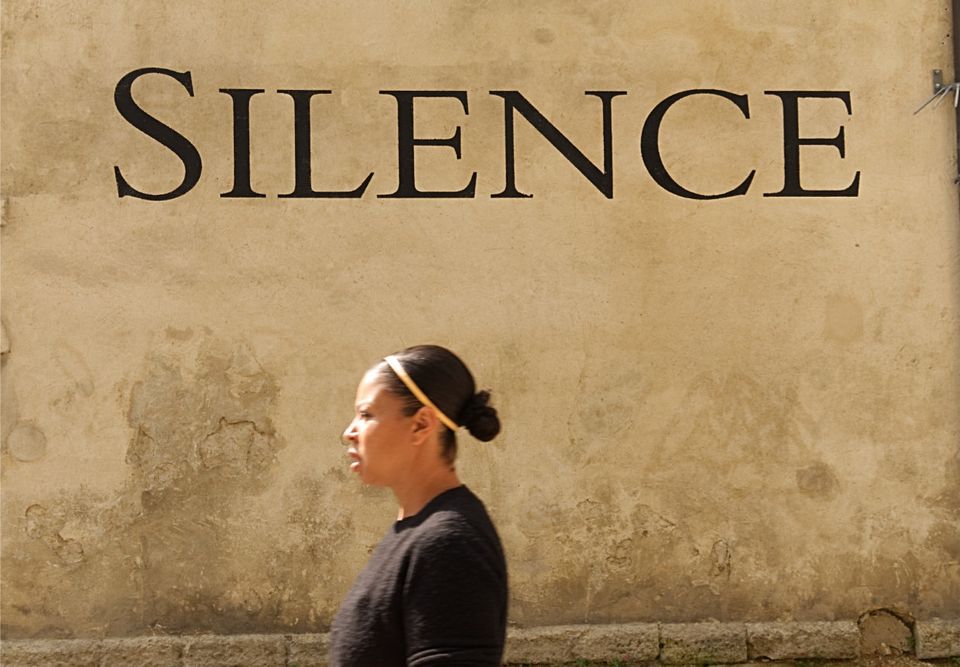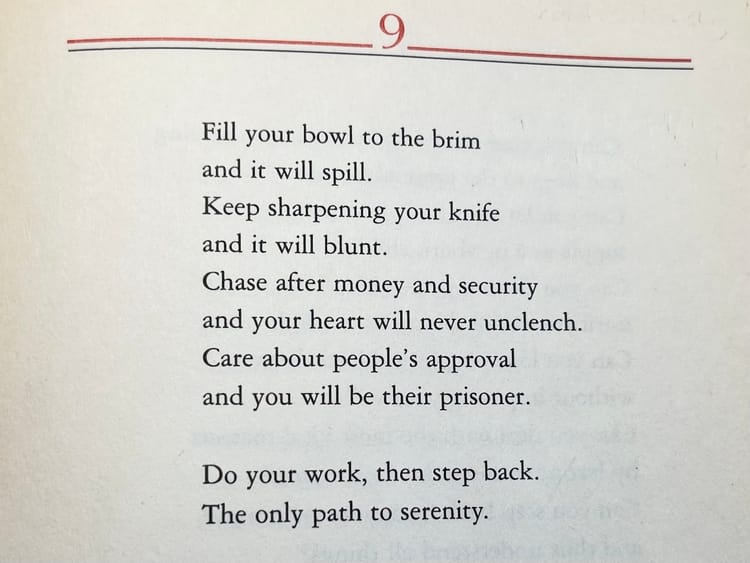When Everyone Is Shouting, Whose Voice Gets Heard and Who Is Right?

Whose message breaks through to change hearts and minds?
Reading Audre Lorde’s article, “The Transformation of Silence into Language and Action,” I realized that there is certainly a time when silence was most clearly the domain of ideological systems of control like patriarchy and racism.
“I have come to believe over and over again that what is most important to me must be spoken, made verbal and shared, even at the risk of having it bruised or misunderstood.”Audre Lorde
One’s chosen, agreeable, or enforced silence in the system allows an oppressive system to perpetuate.
When those with the power allow those who are oppressed to speak up but require the oppressed to explain why they are oppressed, the ideological constructs and constraints of the system are only further reinforced.
Witness the history of people speaking up.
- Women speaking up for women’s rights and the creation of feminism.
- Gays and lesbians speaking up for their rights and freedoms.
- Black people and people of colour speak up for their rights and freedoms.
- Trans people speak up for their rights and freedoms.
- Homeless people speak up for their rights and access to safe housing.
- Citizens speak up for the health of the planet and climate change.
Add to the above incomplete list the intersectionalities of all the people speaking up who cross borders and boundaries demonstrating the diversity of humanity.
But now everyone is speaking at a level that is so loud and more often than not, not in a form we would call dialogue. It is shouting, personal attacks, arguing to prove one’s point and seeking to be the winner of the argument.
That is a deafening alarm that makes many of us want to pull back and become silent, not to pull out of the discussion, but to bear witness to what is going on to come up with a more meaningful, thoughtful, and hopefully compassionate message which people may choose to pay attention to.
One of the issues I see is how people react in the extreme to what might otherwise be called a microaggression.
I think this is where most cancel culture comes into play, and where people are labelled snowflakes. “Your hurt my feelings” is often the refrain, but there is a significant difference between hurting someone’s feelings and controlling or taking away someone’s rights and freedoms. The two cannot be compared.
Intention matters as does impact. Some say that impact trumps intention but I disagree. There is an important distinction to be aware of when it comes to impact. When the impact of one action harms someone else, was that intentional or inadvertent? That is when the intention is of utmost importance and consideration concerning the impact received and/or perceived.
Here is where so-called micro-aggressions are often misunderstood.
When someone over-reacts to what may appear to be a micro-aggression or a trigger, the reaction does not negate the emotional harm or trauma that the person reacting may have experienced.
Yet this needs to be context-dependent. How was the information communicated? Did a single sentence, or a few words trigger someone in a 1,000-word article, that was otherwise not problematic? Alternatively, read a tweet and what you often get is the epitome of micro-aggressions. Twitter is an environment most suited to the intention of causing harm, whether that be stirring the pot or outright attack in 128-characters or less. This is why I prefer writing and reading long-form articles as well as recording and listening to podcasts because a broad context in a narrative is necessary for thought leadership.
“The free exchange of information and ideas, the lifeblood of a liberal society, is daily becoming more constricted. […] it is now all too common to hear calls for swift and severe retribution in response to perceived transgressions of speech and thought.”Harper’s: A Letter on Justice and Open Debate
Far too often I see people react to something an author has written or a podcaster has said which they take entirely out of context.
We have to consider if somebody is attempting to be an ally, if somebody is attempting to understand a challenging situation, or if someone is attempting to take ownership of a situation by self-educating and sharing their journey. We need to allow people to fully express their truth, which might come out wrong and without the intention to harm.
I understand how a trigger can upset someone which leads to perceived threat and stress — whether that be a micro or macro-aggression. But it takes two sides to have a quality, equitable conversation or a dialogue. This is when silence is still an essential tool. Sometimes we need to step back and consider the words we’ve used in our communication, the meanings that those words might have for others, and how we can practice greater compassion in connecting with a person who feels transgressed.
At the same time, the person who feels transgressed when the harm was unintentional, needs to find a way to support dialogue or debate. That statement might trigger some people, but here is what I understand: if two people are in disagreement, to whatever degree, and if the communication is escalating towards an argument, there is no prediction, no common ground, and little opportunity for a response — the direction of failing communication is a path of reaction.
Let’s assume this is a situation of only two people. If both sides push back, no matter who feels more transgressed or oppressed, nothing will be solved, neither side will come closer, and a new or continued pattern will be reinforced, namely, that the other side is always wrong which may include a host of stereotypes and assumed narratives.
“The restriction of debate, whether by a repressive government or an intolerant society, invariably hurts those who lack power and makes everyone less capable of democratic participation.”Harper’s: A Letter on Justice and Open Debate
Two sides to every story make a dialogue
The old expression, There are two sides to every story, offers helpful insight in the form of a suggestion. You don’t have to agree with the other person but when you listen with openness to understand their side of the story, they feel respected, and as human beings, most of us unconsciously attempt to return that sentiment. A useful tool here is to ask a question instead of making a statement because we tend to want to close the question with an answer.
And with every story, stick to the narrative. By pulling in threads and ideas that had nothing to do with the argument you are creating a poor and disrespectful form of communication for the simple reason that you are no longer playing fair. For example, making a negative comment about a quote or soundbite from a much larger article, podcast, or interview without going to the source invalidates your opinion — in my opinion anyway. While you might have something interesting to say, you are commenting out of context and your comment may have already been addressed in the original.
Slow down, listen, pause, and if you’re not sure, chose silent reflection.
Dialogue and discussion seem to be under threat as much as the stability of the earth’s ecosystem. We cannot keep blaming the person when the system is the problem. Yes, some people do bad things intentionally. But when the aggression is systemic, we must start there. The systems of oppression and prejudice are the necessary targets of humanitarians. Attacking well-meaning individuals who meant no harm can often backfire, creating a confirmation bias in those being attacked, that the person attacking them is just like that group everyone is complaining about.
“With a bit of quiet awareness, you have a different perspective in situations. And sometimes with that perspective, you can see alternatives in a difficult situation, which shifts the entire dynamic and brings space and possibility anew.” Ram Dass on Finding Space for Equanimity in Social Justice
Silence offers the value of witnessing, noticing, and allowing for time to consider one’s response.
Silence is the space between reaction and response. Too few of us engage with meaningful, thoughtful, and self-reflexive silence.
To be the change we want to see in the world, silence is a necessary practice and opportunity for increased conscious-awareness — not to remain in the silence of oppression, but to improve our ability to not always be immediately reactive and defensive.
Breaking the silence borne of fear, learned oppression, prejudice, or inequality is the path to freedom.
Dialogue is how we connect with each other and humanize our experiences. Silence is not dialogue and neither is an attack or defensive argument in which one or both sides are trying to win.
“Difference must be not merely tolerated, but seen as a fund of necessary polarities between which our creativity can spark like a dialectic. Only then does the necessity for interdependency become unthreatening. Only within that interdependency of different strengths, acknowledged and equal, can the power to seek new ways of being in the world generate, as well as the courage and sustenance to act where there are no charters.”Audre Lorde, The Master’s Tools Will Never Dismantle the Master’s House
“Open-hearted appreciation of individual differences in humanity rather than just judgment is very important.”Ram Dass on Finding Space for Equanimity in Social Justice
Originally published on Medium as, "From Silence to the Deafening Disturbance of Difference."
Image credit: Russell Lett: Silence





Member discussion